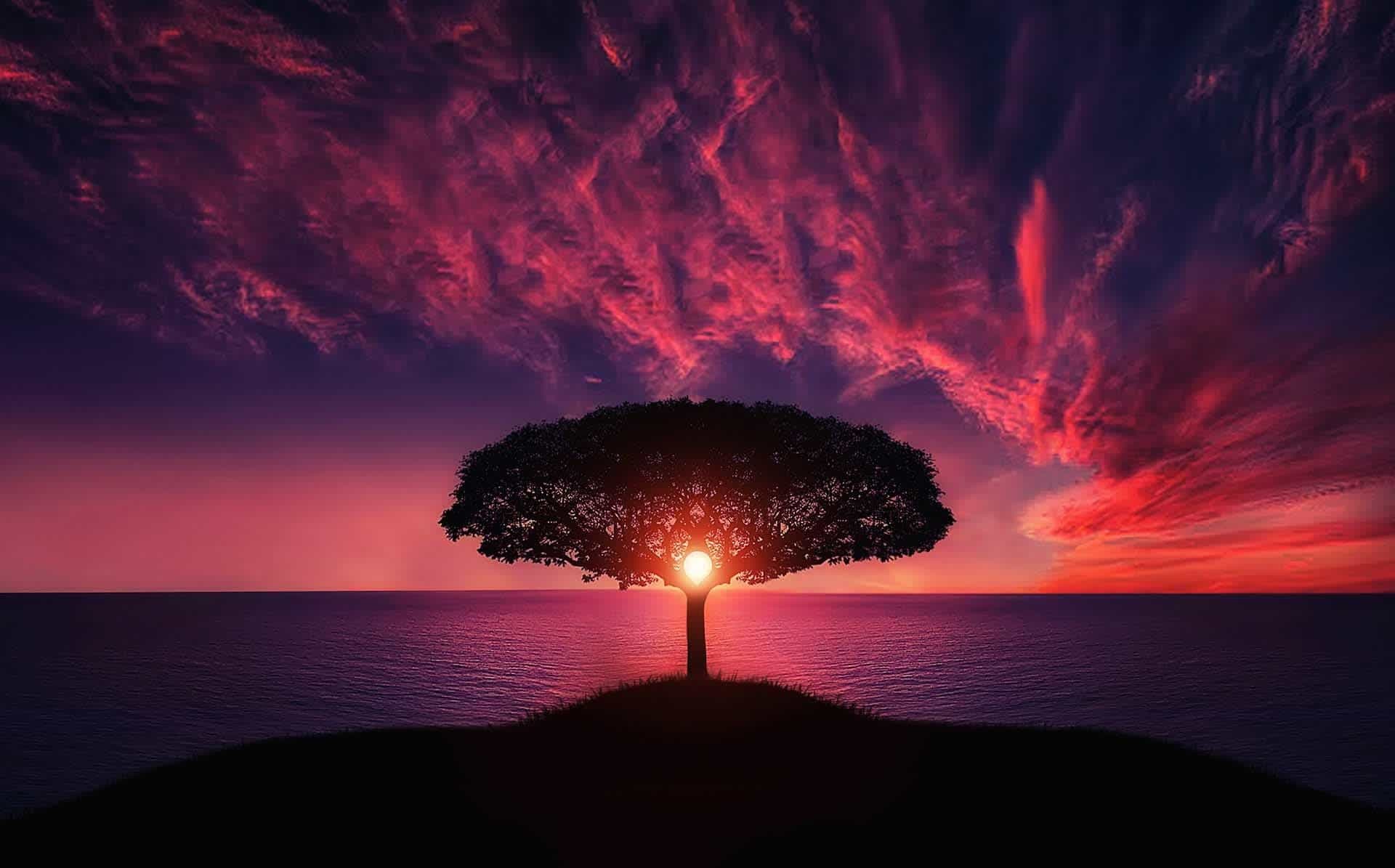This may not be the first try nature has had at evolving complex life on Earth. Past environmental conditions could have allowed multicellular life to evolve and die off at least once before, a new study shows.

Earth had a pretty long history of us not being here. To the best of our knowledge the planet is 4,5 billion years old and for the past 3,7 billion years two of the three kingdoms of life — Bacteria and Archaea — have been mushing about the crust. The kingdom in which complex life belongs, Eukaryota, evolved around 1,75 billion years ago.
That leaves a few billion years in which evolution seems to have taken a break — something which we know it loathes to do. This break is even more puzzling as we believe the rise of Eukaryota was a pretty straightforward process.
Gas up
The commonly accepted theory is that a bacteria looking for dinner swallowed an archaea cell, but instead of eating it they decided to be buddies and work together. Archaea would evolve into today’s mitochondria, and the bacteria formed the rest of the cell.
There is one thing that could have prevented this teaming-up, though — mitochondria require oxygen to function. If there wasn’t enough oxygen, the bacteria would have no reason not to eat the archaea cell. So, we didn’t see eukaryotes any earlier because there simply wasn’t enough oxygen in our atmosphere for them to form. Easy peasy.
This whole model relies on the assumption that oxygen levels remained low for much of the Earth’s history. A new study from the University of Washington, however, has found that there were high levels of oxygen in Earth’s atmosphere between 2.4 and 2 billion years ago, which then plummeted.
The team analyzed traces of selenium captured in shale sedimented in that window of time. They were looking for traces of oxidation, which requires high levels of atmospheric oxygen: oxidized selenium atoms can undergo redox-type reactions, leaving a signature in the ratio of selenium isotopes. They found evidence of an oxygen ‘bubble’, in which concentrations steadily rose to a high level and then dropped suddenly. This event, referred to as the ‘oxygen overshoot’ has been theorized in the past, but it’s the first time anyone actually proved it happened.
Up to now, we’ve thought that there was “none, then some, then a lot” of oxygen in Earth’s atmosphere, said astrobiologist and paper co-author Roger Buick.
“But what it looks like now is, there was a period of a quarter of a billion years or so where oxygen came quite high, and then sunk back down again.”
Old life
These conditions suggest an exciting possibility — did complex life evolve during this period, then died off without a trace?
“There is fossil evidence of complex cells that go back maybe 1.75 billion years,” Buick added. “But the oldest fossil is not necessarily the oldest one that ever lived – because the chances of getting preserved as a fossil are pretty low.”
“This research shows that there was enough oxygen in the environment to have allowed complex cells to have evolved, and to have become ecologically important, before there was fossil evidence.”
“That doesn’t mean that they did – but they could have.”
Right now the theory remains unproven. In the absence of fossil or DNA evidence to point to a class of life completely unheard of until now, there’s no way to know if complex life evolved before Eukaryota. Still, the possibility is just too exciting to ignore. We know that life is incredibly head-strong (check here and here) — if there’s any it can diversify, any resource it can use to survive, it will. The UoW team showed that oxygen, one of the most efficient sources of energy biology relies on today, was ready for the taking back in the day. It wasn’t available for very long, but it should have been long enough for some complex life to evolve.
A whole new kind of life could have evolved then, a kingdom that died when the gas ran out. Then again, it could have just been plain old Archaea and Bacteria complaining about oxygen. We just don’t know.
What remains to be seen now is why the bubble burst.
“That’s the million-dollar question,” said St Andrews University, Scotland faculty member and co-author Eva Stüeken. “It’s unknown why it happened, and why it ended.”
“It is an unprecedented time in Earth’s history,” added Buick. “If you look at the selenium isotope record through time, it’s a unique interval. If you look before and after, everything’s different.”
Even if we don’t find out whether complex life evolved 2 billion years ago or not, the paper shows that conditions we often call ‘unique’ or take as evidence for intelligent design simply sometimes happen. Given the enormity of the Universe, ‘sometimes’ starts looking like good odds that life will evolve somewhere else too. Hopefully our schedules fit in together too.
The full paper “Selenium isotopes record extensive marine suboxia during the Great Oxidation Event” has been published in the journal PNAS.






